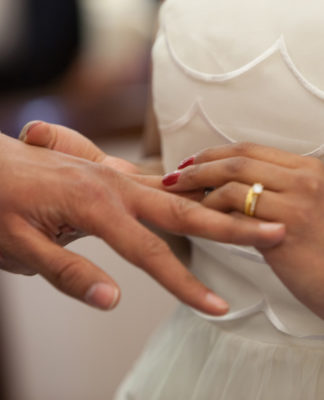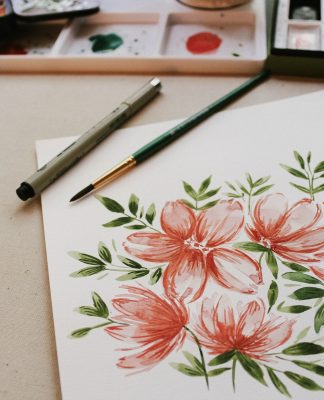Have you ever considered using a whiteboard in a therapy session? People looking for help from a therapist don’t expect to see a whiteboard in the office and I never had one. However, several years ago, a client brought a whiteboard into a session and used it to map out confusing thoughts in his mind. Now I have my own whiteboard, and find it very helpful when a client is stuck in some way and we need a tool to change thought processes and behaviors. The open, erasable canvas of the whiteboard allows my clients to get creative with me as we decide how to use the whiteboard in the moment. Depending on the personalities we might include pictures as well as words, adding connections as we go along.
Not everyone responds purely to “talk therapy,” and are visual thinkers. That’s when a whiteboard can be particularly useful. The whiteboard can be used to shake off ingrained patterns of behavior. My whiteboard has enabled conversations with clients about building up emotional insulation, so that every outward critique doesn’t have to lead to a boomerang cycle of hate and self-attack.
Generally, on the board, I put the client’s name. Then I draw a wide, shaded area around the circle, a buffer zone between the self and the world. We talk about the importance of noticing when emotional “arrows” come our way, and how we can pause, reflect, and restrain impulses before acting in the moment. Exploring a few questions can help create new options for possible response: What happened? How did I feel? What does it mean? (Here it’s a good idea to name a few different possibilities—including the worst fear but also more positive scenarios.) And finally: What do I want to do about it? We can use the board to work through examples.
A board can also be used to trace a journey from a hated behavior back to its roots, making room for compassion along the way as we discover how the behavior helped the client cope with difficult circumstances.
Mind-mapping, writing a word on the board, and drawing lines to associations that arise—all of these can help our clients move past defenses to connect thoughts, feelings and behaviors.
Some of my favorite work on the whiteboard happens when drawing images that come to mind during sessions. Recently, I imagined with a teen client an undernourished sapling next to a “poison tree” being watered by negative self-talk, helping her understand the consequences of continuing to invest in her self-hatred.
Int he end it’s the patient’s decision if they would like to take a picture of the whiteboard with their phone and use that as a tool between sessions.
The best part of using a whiteboard in therapy sessions? Endless possibilities!


















